
National parks you can work from
Sometimes, a change of scenery is all is takes to banish burnout.
One of the best things about freelancing is that you generally have the ability to work from wherever you want. There’s no doubt that there are some challenges to working from your car or campsite (WFC, as I like to call it), but the rewards are almost immeasurable. There are plenty of national parks you can work from, so this summer, pack your bags. Trust me when I say that getting sidetracked by panoramic views is a whole lot better than getting pulled into another chore list.
Things that make WFC easier
There’s no shortage of ways to make your home office more efficient and more comfortable. When it comes to working from a campsite, however, it takes a little more effort and some ingenuity. Realistically, all you need is a way to keep your computer powered up and a good cell connection through a hotspot. Everything else listed below is a “nice to have”, and it’s worth seeing how often you’ll be doing this before splurging on them. If you’re ready to hear about national parks you can work from, here’s my WFC list:
- Power source
- You don’t need much to keep a laptop going, but it’s ideal to at least have something that gets you a full charge. A 240 watt power bank is big enough to power a MacBook Air twice before the bank itself needs to be recharged. There are a number of different companies that make them, but Jackery and Goal Zero are near the top for quality.
- Hotspot
- The easiest way to accomplish this is by using a smartphone. Unfortunately, those can sometimes come with streaming limits that throttle your internet–and productivity–and cause problems. I use my Verizon phone as a hotspot, and then I have a secondary stand-alone one from T-Mobile. Between the two, I can get a connection just about anywhere.
- Desk
- There are a couple versions that work well. I have a thin one with a pull-out side that can be used for a mouse or writing surface. The next splurge will be a tripod desk, which is still small, but can be used sitting or standing.
- Cell booster
- Arguably, the biggest investment into working from a car or campsite is a cell booster. These things are amazing for boosting service somewhere that you’re low on the bars, but they aren’t miracle workers: you can’t pull cell service from thin air.
- External monitors
- Any time I tell people I sometimes work from a campsite or a car, they usually lament that they would, too–if only they didn’t need their precious external monitor! The great thing about technology is that these advances have been made, and multi-screen is an option from just about anywhere.
- Apps
- There are a couple apps that make working from a campsite a little easier. The first is iOverlander, which can help you find a variety of different types of campsites with various amenities. The filters are extensive and really help to target the perfect campsite. The other app I use is OpenSignal, which will pinpoint exact locations and tell you what level of service you can get from various cell providers. It will even tell you what upload and download speeds in the area look like. I’ve included shots of what that looks like for each location below.
National parks you can work from
Now that you have the gear you need, it’s time to hit the road and see one of the finest exports the U.S. has to offer: our National Parks system. While Ulysses S. Grant designated Yellowstone as the first National Park, it wasn’t until 1916 that Woodrow Wilson created the National Parks System. The model for our national parks has long served as a model for countries around the world, and it protects 84 million acres of wilderness across 63 parks. They’re an incredible way to see some of the most amazing nature in the country.
Many of the parks are extremely remote, but quite a few are close enough to urban areas to get the perfect amount of signal to flaunt a totally-not-fake-background on your next Zoom call. With summer right around the corner, it’s time to get your plan in place!
Acadia National Park
Bar Harbor, Maine

Located on Maine’s Mount Desert Island, Acadia National Park is home to the East Coast’s highest peak, Cadillac Mountain. You’ll have fun scouring the rocky beaches, exploring old-growth forests, and climbing to get views of one of the first places the sunlight kisses the country.



Hot Springs National Park
Hot Springs, Arkansas

Predating even Yellowstone, the Hot Spring Reservation was the first time land had been set aside by the federal government to preserve it as a recreation area. Until its unseating by the Gateway Arch in St. Louis, Missouri in 2019, it was the smallest National Park in the system. While you can’t bathe in the healing waters within the park, there are bathhouses in the town of Hot Springs where you can soak it up in nature’s hot tub.



Mammoth Cave National Park
Mammoth Cave, Kentucky

When most people think of Kentucky, they think basketball, derby, and bourbon; it’s unlikely this gem is on their map. This National Park is just one part of the Mammoth-Flint Ridge Cave System, the largest known cave system in the world. It’s also a World Heritage Site and an international Biosphere Reserve to boot.


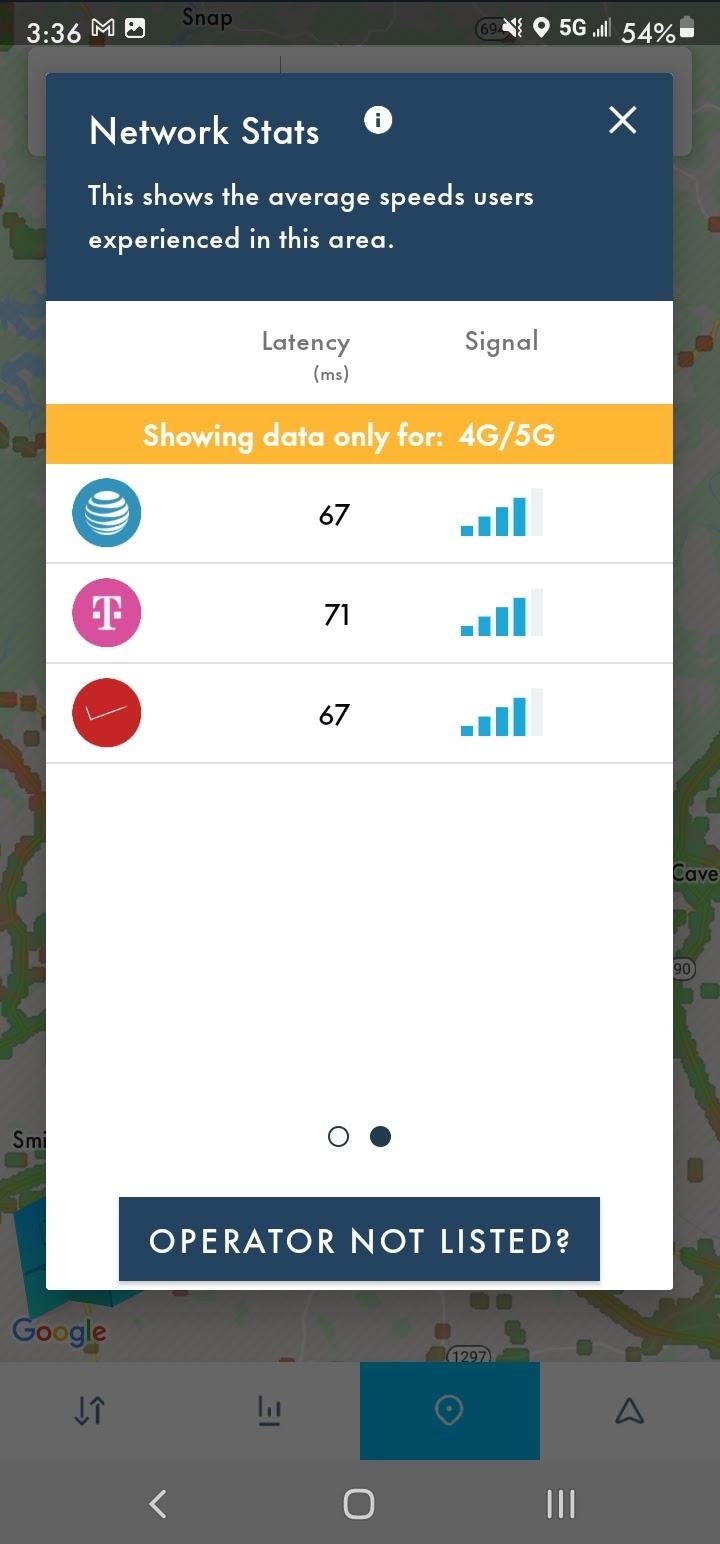
Indiana Dunes National Park
Beverly Shores, Indiana

One of the newest entries into the National Park System, the Indiana Dunes are just a stone’s throw from Chicago and have a number of creeks that flow into the massive watery expanse that is Lake Michigan. Not only is this one of the many national parks you can work from, but it’s one of the best to actually relax and enjoy yourself. Wear yourself out climbing around the dunes, and then settle in on the beach for an epic sunset.
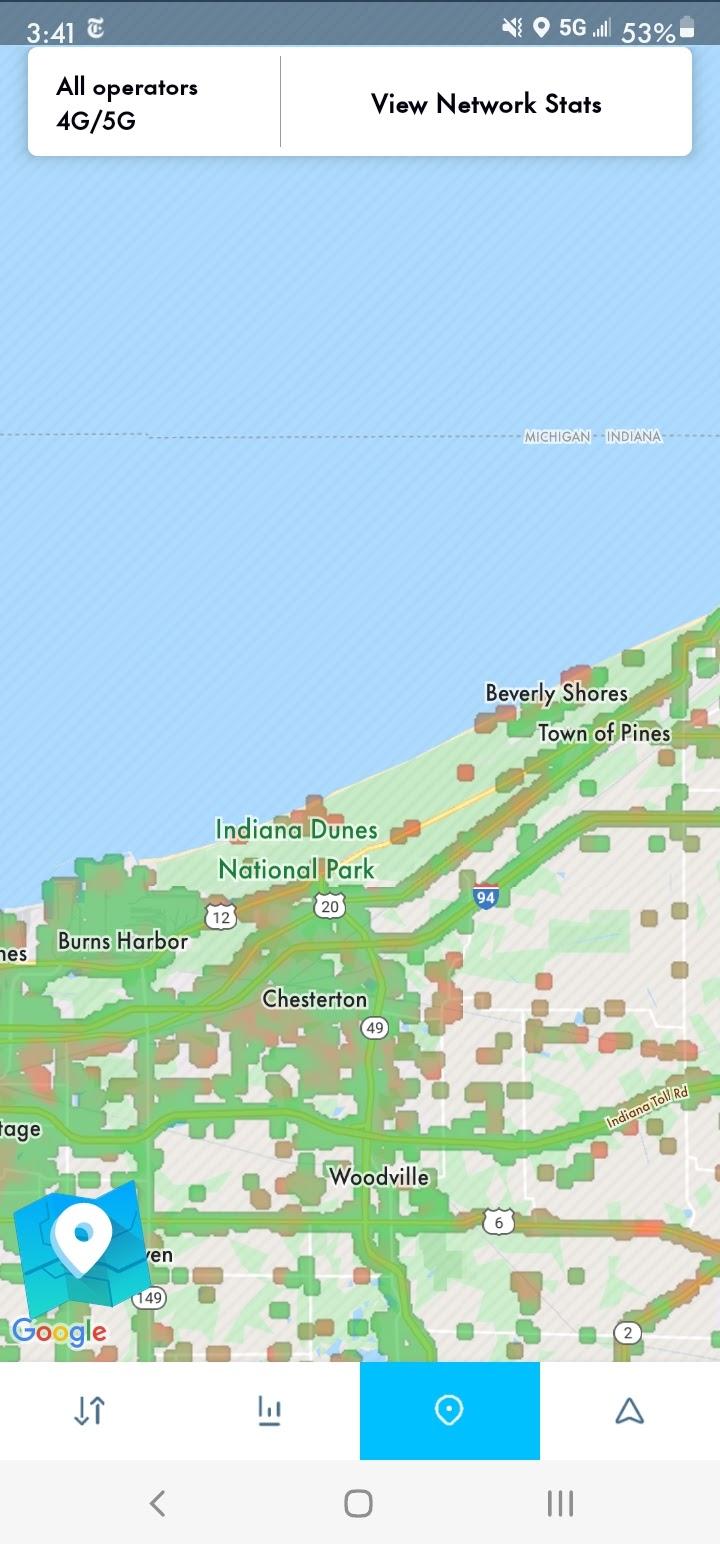


Redwood National and State Park
Orick, California
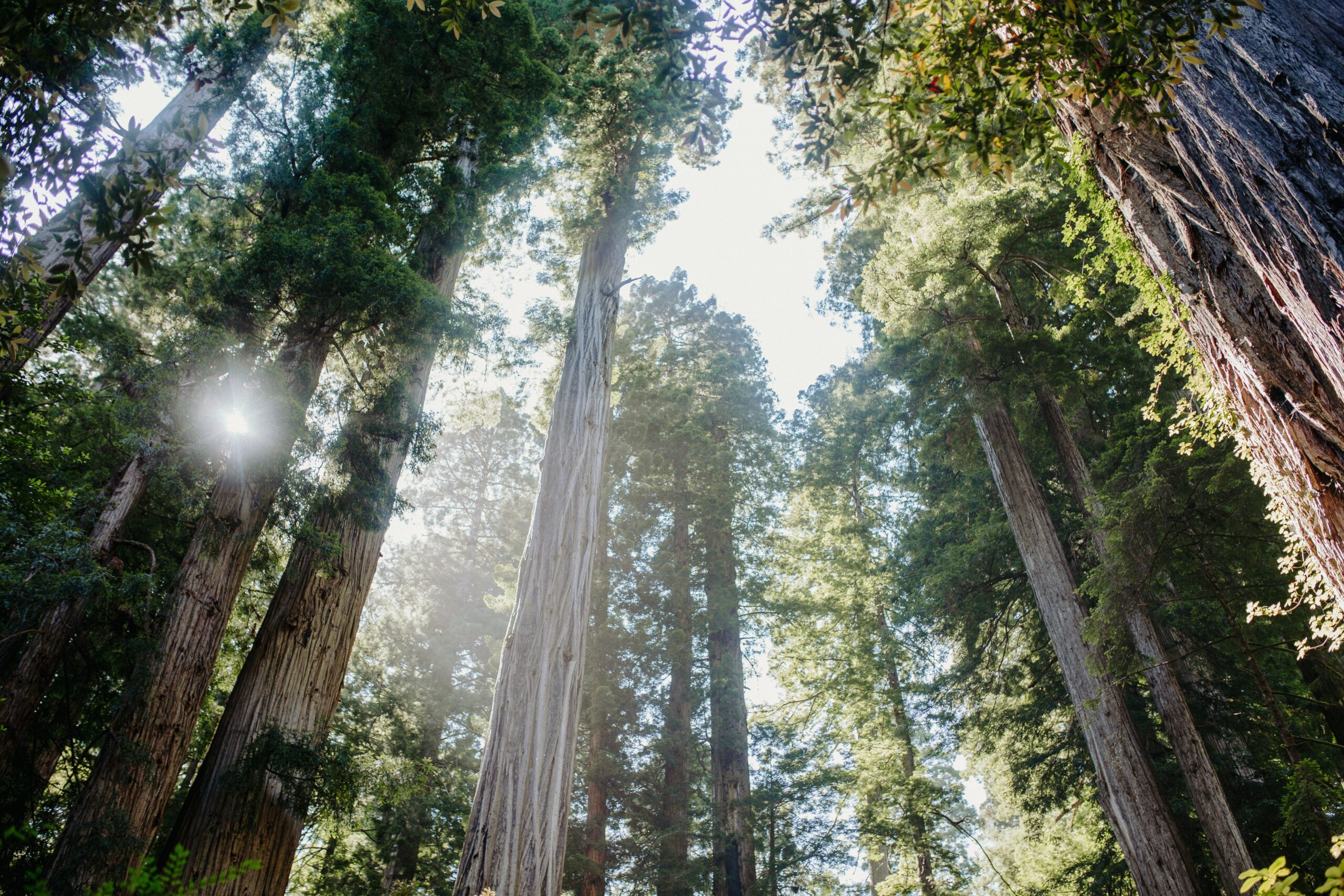
A complex of one National Park and three State Parks, this system contains 139,000 acres of old-growth temperate rainforest for you to explore. While this unfortunately represents only a small fraction of the 2,000,000 acres that once covered this section of California’s coast, it’s still pretty cool to see trees that range in age from 200 to 2,000 years old.
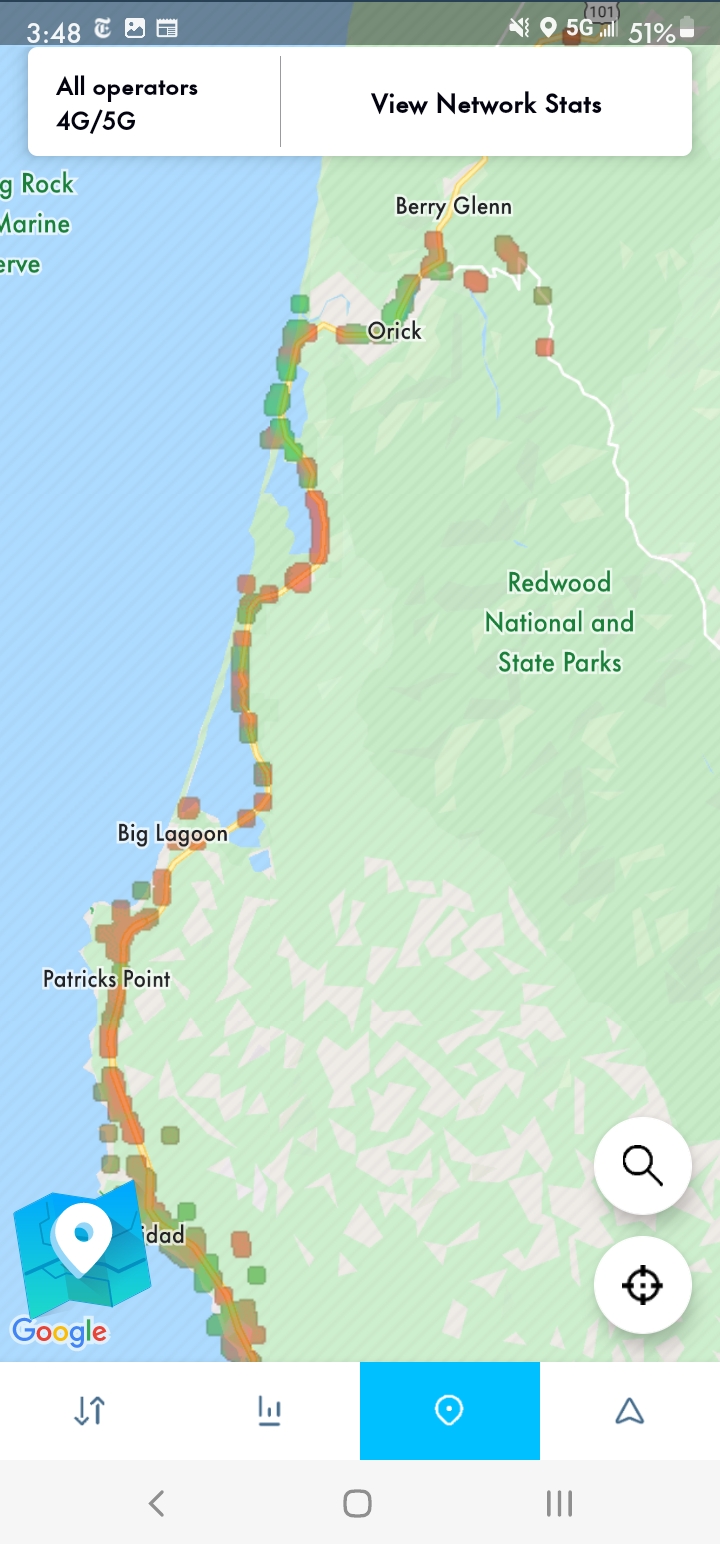


Zion National Park
Springdale, Utah

Zion is one of five stunning National Parks in Utah, located in the Southeast corner of the state. Within the park, there are four life zones (desert, riparian, woodland, and coniferous forest) hosting an incredible amount of wildlife. The red rock canyon walls of Zion Canyon stretch up around you, formed by erosion from the North Fork of the Virgin River.



Mesa Verde National Park
Cortez, Colorado
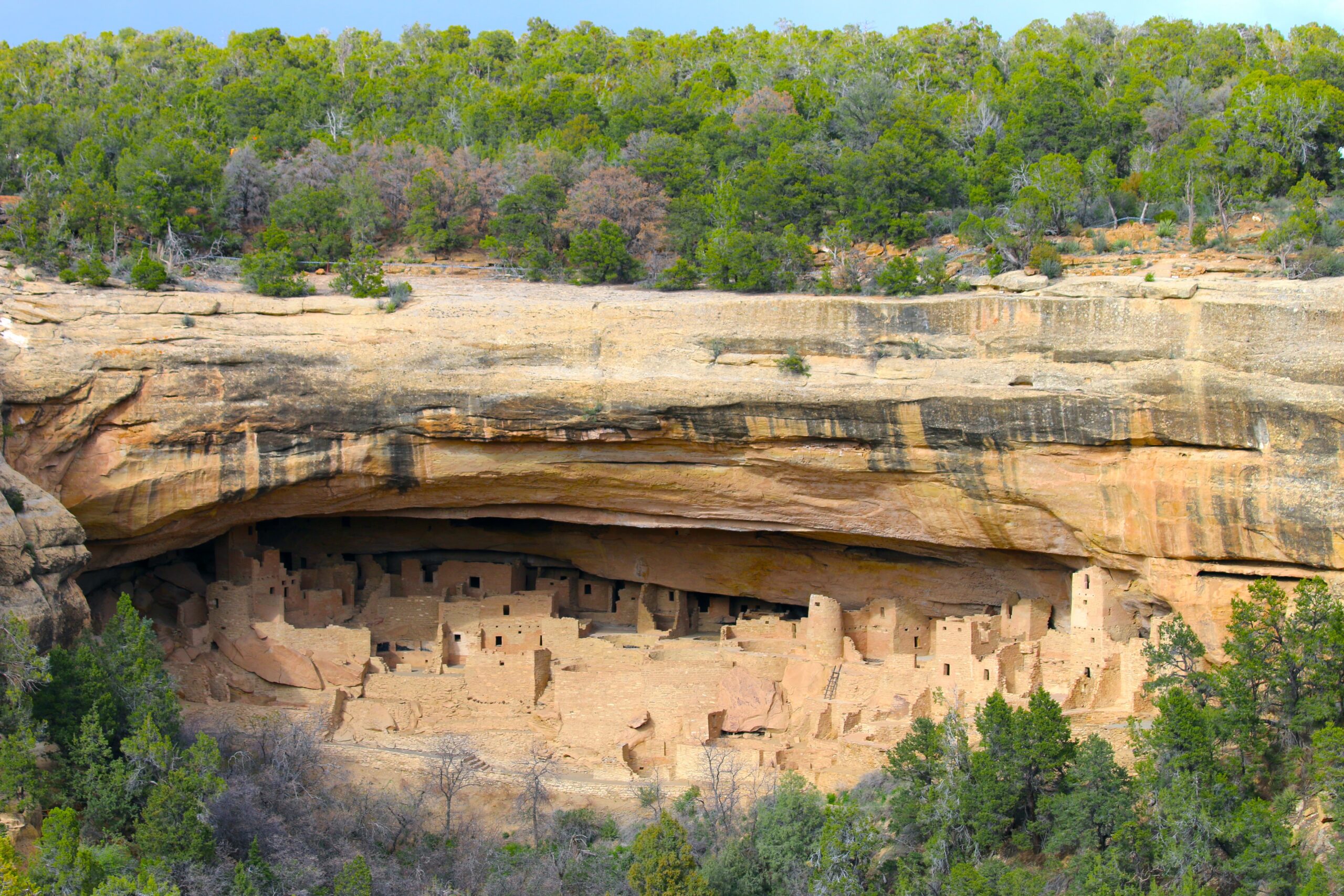
There are a few locations around the Southwest United States that showcase cliff dwellings, but none of them compare to the grand scale at Mesa Verde. A UNESCO World Heritage site, it was also the first pre-Columbian archaeological site to earn protection from the federal government. Additionally, it sits adjacent to the Ute Mountain Tribal Park, where hundreds of surface sites, cliff dwellings, petroglyphs, and wall paintings are preserved.



Saguaro National Park
Tucson, Arizona
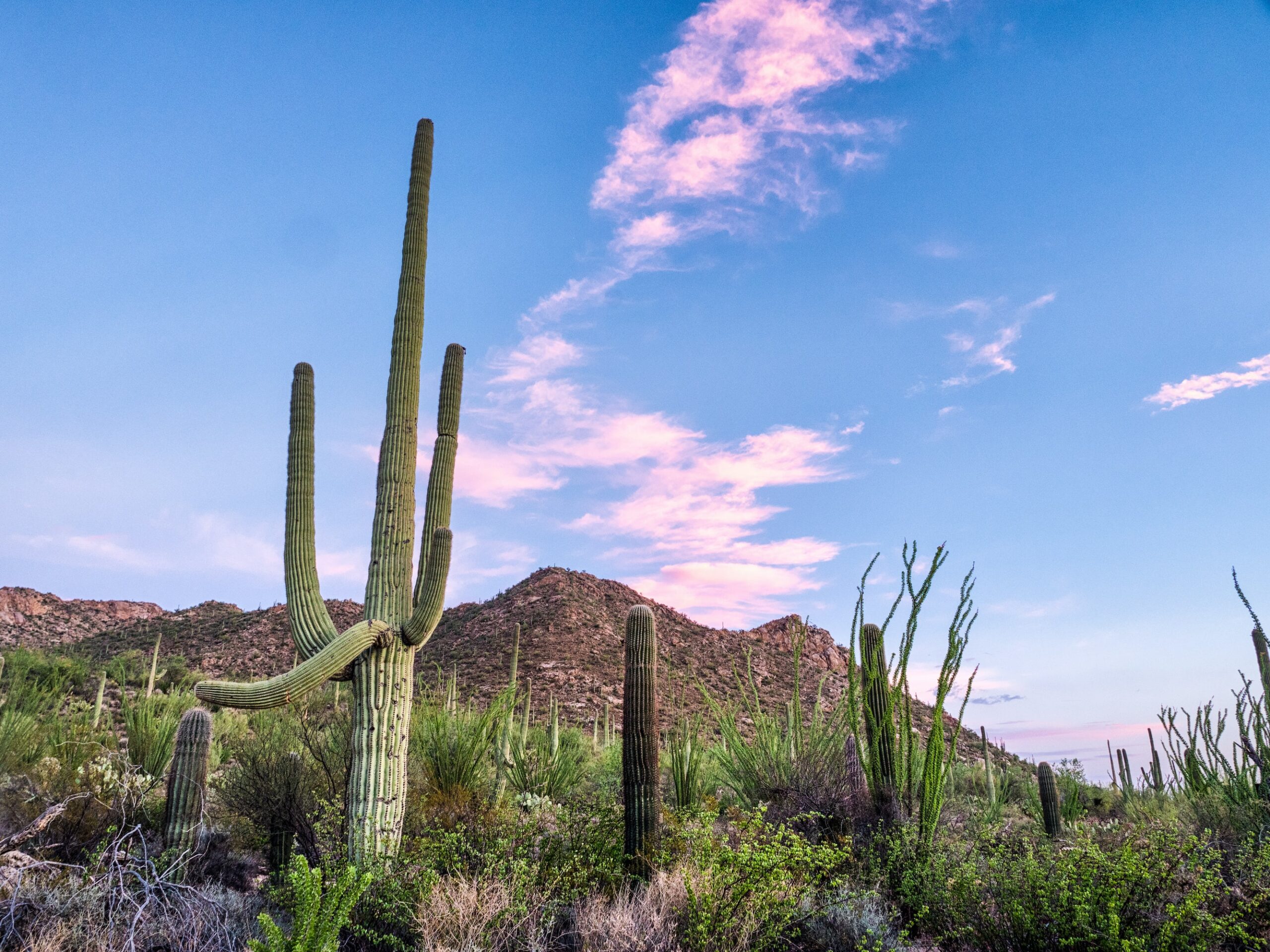
Located in the Sonoran Desert of southern Arizona, Saguaro is the place to go for iconic desert landscapes, animals, and plants, including the saguaro cactus. The park is split into two districts, the Tucson Mountain District and the Rincon Mountain District, with the most noticeable difference being the increased height of the mountains and greater rainfall in the Rincon.



With the right preparation and a little adventure in your bones, you could make this your very own summer of WFC. While some of these specific parks do get more traffic, you’re likely to find that others are slower paced and not nearly as competitive when it comes to snagging a good camp spot and getting entry to the parks.
If you’re planning on checking out national parks you can work from, look into getting a National Parks Pass. At $80 (or free, if you’re a veteran!), it’s a worthwhile investment into conserving this national treasure. In addition to the parks themselves, the pass also gets you access to over 2,000 sites managed by the Parks Service, including national forests and grasslands, and lands managed by the Bureau of Land Management, Bureau of Reclamation, and the U.S. Army Corps of Engineers.



